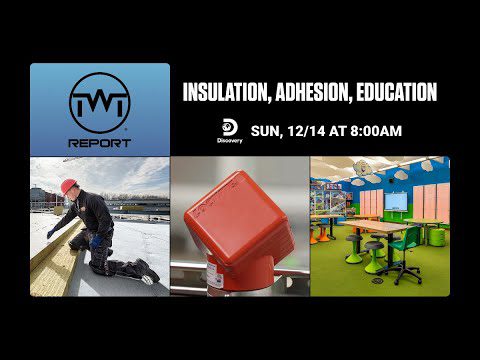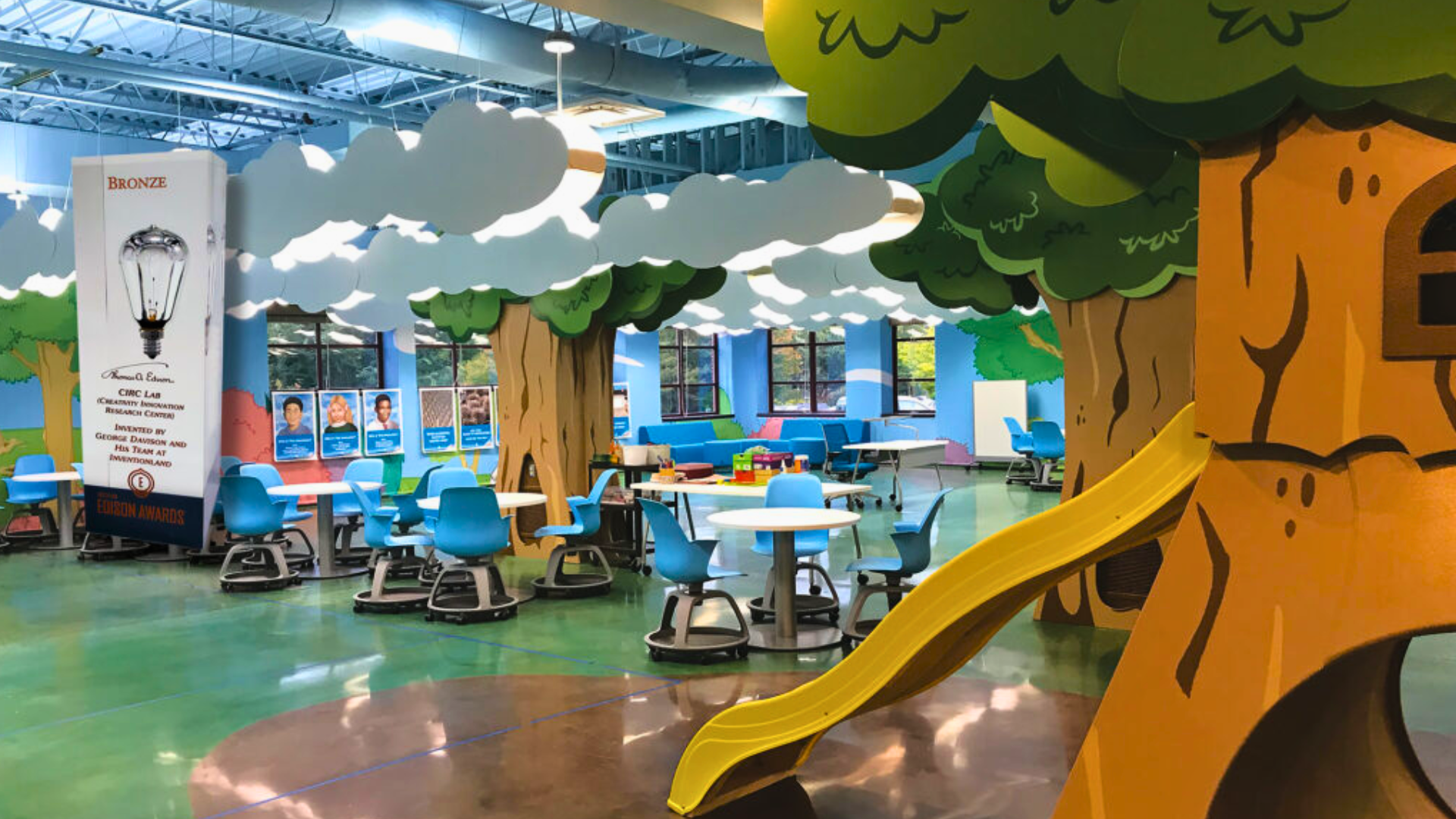In today’s rapidly evolving professional world, traditional classroom models are no longer enough to fully prepare students for real-life challenges. As a result, educators are increasingly turning to more hands-on teaching methods like project-based learning, which can better prepare students for success beyond the classroom.
What is Project-Based Learning?
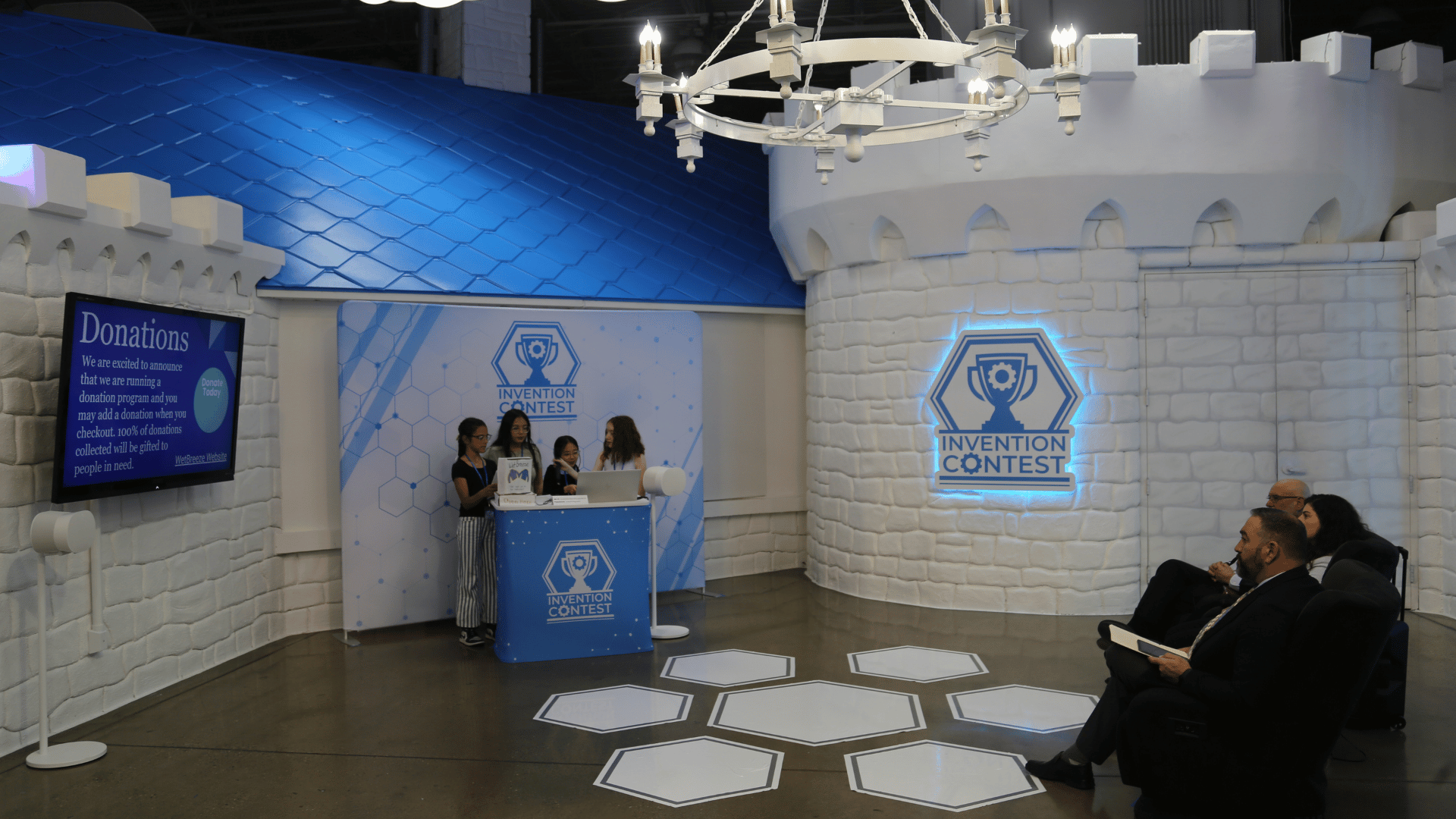
Project-based learning is an educational approach that tasks students to learn by actively engaging in real-world projects, as opposed to traditional, passive learning. This classroom model emphasizes inquiry-based activities, allowing students to develop crucial skills in collaboration, critical thinking, and problem-solving.
The goal of this style of learning is to prepare students for real-world professional challenges by providing them with hands-on experience. Students are encouraged to ask questions, investigate, and explore solutions to real problems in the world or their own personal lives. This active approach allows students to engage more meaningfully with the subject matter.
What are the Benefits of Project-Based Learning?
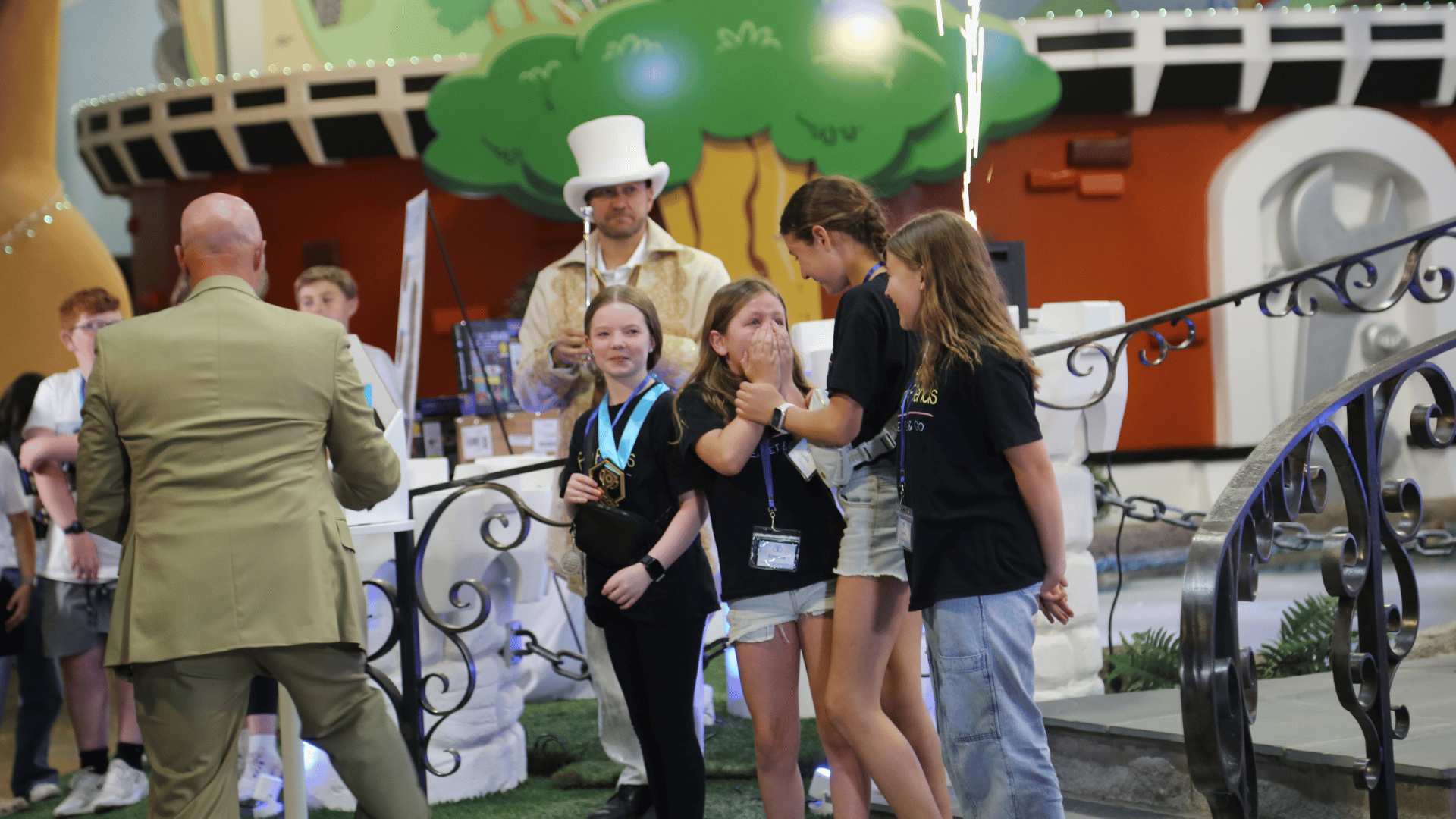
This classroom model often involves working in teams, which allows students to develop and foster communication and teamwork skills. These projects are typically long-term and take place over the course of a semester or school year, teaching students patience and time management.
Project-based learning units also often involve a presentation element, in which students present their findings before an audience. This sharpens students’ communication and public-speaking skills, which are crucial for career-building.
The level of independent work involved in the PBL learning model allows students to develop organization and self-discipline skills. It also leads to increased classroom engagement as students see the direct practical applications of their education, research, and work.
PBL projects can provide community connections, networking opportunities, and future job opportunities. They allow students to actively explore different types of career paths that they may not have previously considered and actively discover what career fields best suit their interests and skill sets.
Project-Based Learning in Action
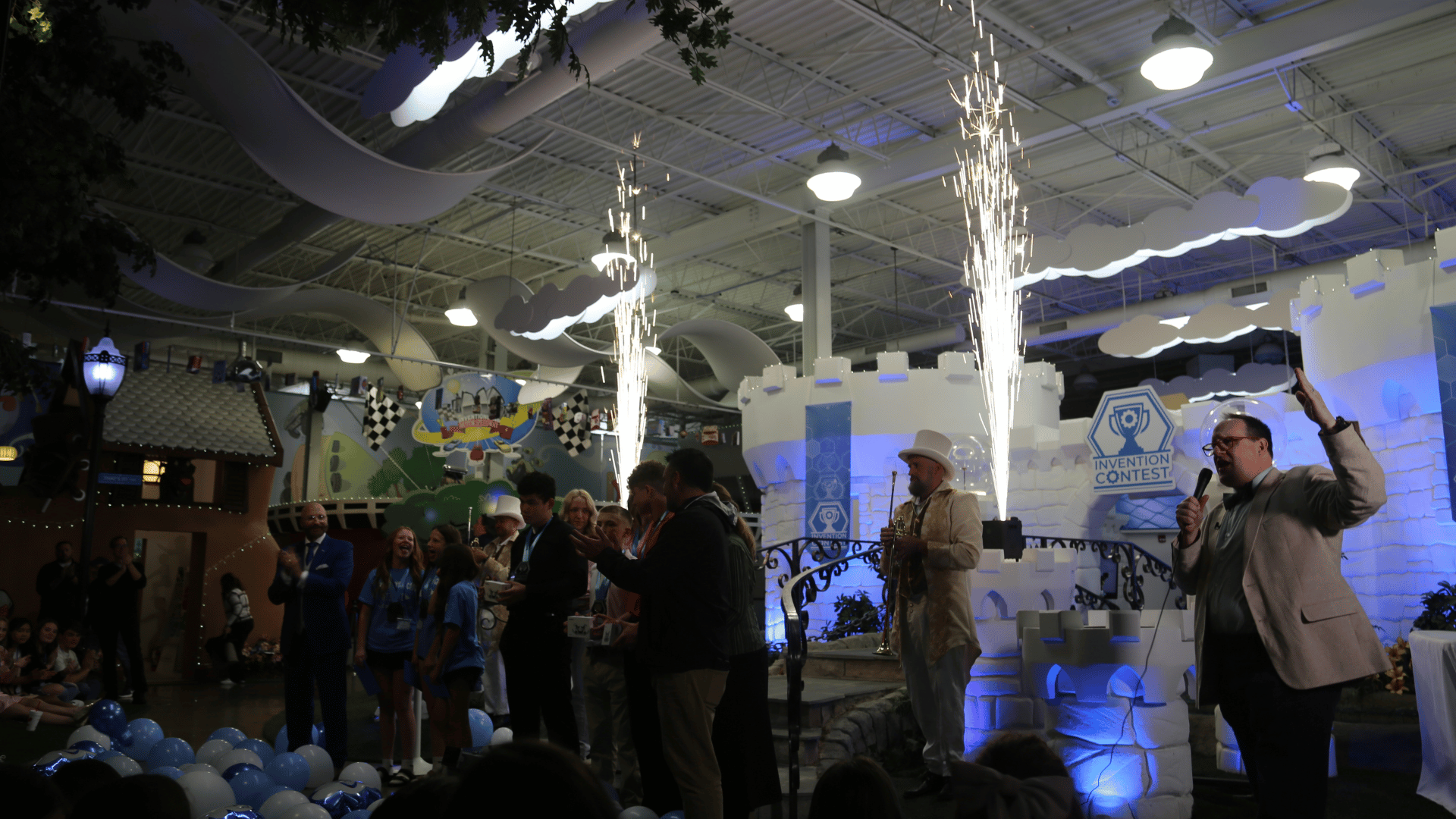
One successful example of project-based learning in action is the Inventionland Education Curriculum and corresponding Invention Contest. The K-12 Innovation Curriculum tasks students to invent a product that solves a real-world problem.
Students across the country work in teams, following the 9-Step Inventing Method that’s used by inventors at Inventionland, an inventing factory that’s been producing original products for nearly 20 years.
Schools participating in the project will divide students into small groups. These groups will spend approximately one semester prototyping, designing, and building their own original invention. Once their designs are complete, students will create packaging designs and a presentation focused on capturing the attention of consumers and investors alike.
The project culminates in a presentation called the Invention Contest, which takes place each year at the Inventionland headquarters in Pittsburgh, PA. Students who have ranked highest at their Local Contest are invited to the factory to present their invention, alongside students of their age range from other schools, before a panel of industry professional judges.
The Invention Contest not only provides vital networking opportunities among students, teachers, and business professionals alike but also provides students with product development opportunities. Two student projects from recent years have gone on to be mass-produced and sold by the product development company Jokari.
Student projects that became successful products include the No Cry Hair Tie and the Amazing Lid. Clay Carlino, Creationeer at Inventionland and Master of Ceremonies at the Invention Contest, spoke to Tomorrow’s World Today about the impact he has noticed over the years of hosting the contest.
“What I’ve seen is that the students are getting more ambitious, and you see this especially with some schools where their students are taking our course for several years in a row. What happens is the students are getting more detailed. They’re doing more detailed and more in-depth research, they’re getting more ambitious with the types of problems they want to solve and the way they want to solve them, and they’re presenting with more confidence and doing a better job at it,” stated Carlino to Tomorrow’s World Today.
Tune in to Science Channel to watch “Invention Contest” at 10 AM ET on Saturday, August 30th!



